The road to the Chuctanunda Rural Cemetery, in the town of Florida, NY.
It’s a lovely country road, and is—I’m sorry but it’s true—a dead end.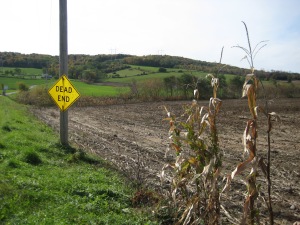
There’s something about old graveyards that I love, especially around Halloween. The tilted tombstones, the autumn light, the quiet rustle of the leaves behind you…it’s all pleasantly spooky without being terrifying.
But most of all I love the trees.
Trees in graveyards have personality, I find. Planted singly, they don’t have to compete with other trees for sunlight, so they can spread out their arms, grow wide and impressive.
This cemetery is one of the most beautiful I’ve ever seen. It’s on a hilltop, with a wonderful view. And it’s filled with trees, especially tall, dark and handsome Norway spruces.
I was surprised, when I googled Norway spruces, how little the Internet had to say about these majestic trees. “Picea abies is useful for lumber,” remarked one site. “Used in making violins, but not usually the wood of choice,” sniffed another. “A pleasant fragrance, but poor needle retention when brought indoors,” sneered a site dedicated to Christmas Trees.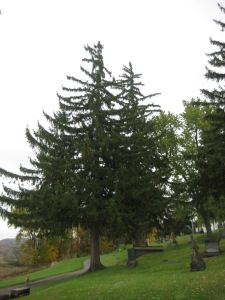
Norway spruce are not, obviously, native to the US, but have been planted here a lot. They occasionally naturalize (grow wild) but not enough to be a serious invasive. In spite of that embarrassing needle retention problem, they do make impressive outdoor Christmas trees—the big one in Rockefeller Center, for instance, is always a Norway spruce.
They’re not tremendously helpful for native wildlife, although they do have long cigar-shaped cones that red squirrels are quite nuts about. They’re solid, useful trees for landscaping, tall, shapely, and make good windbreaks. A little dull, you’d think.
 But Norway spruces have one thing that they excel at.
But Norway spruces have one thing that they excel at.
They mourn.
The limbs reach out from the trunk with a graceful upward curve, and then the branches hang down like long green braids. 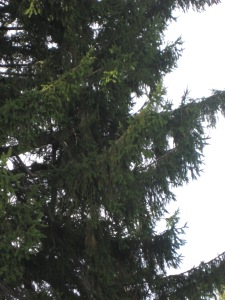
They’re beautifully eerie, like Spanish moss. You can’t miss a Norway spruce, even from a distance—that symmetrical outline, with the drooping branches swaying in the wind, is unmistakable. Norway spruces have a brooding, melancholy air that is a perfect fit for graveyards.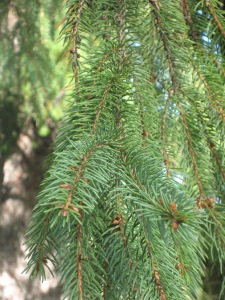

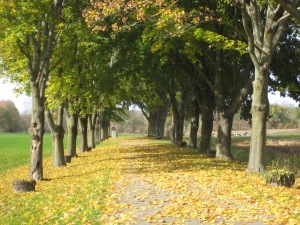
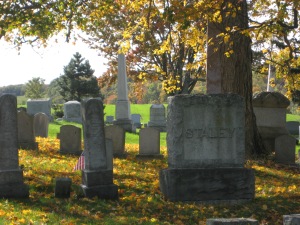
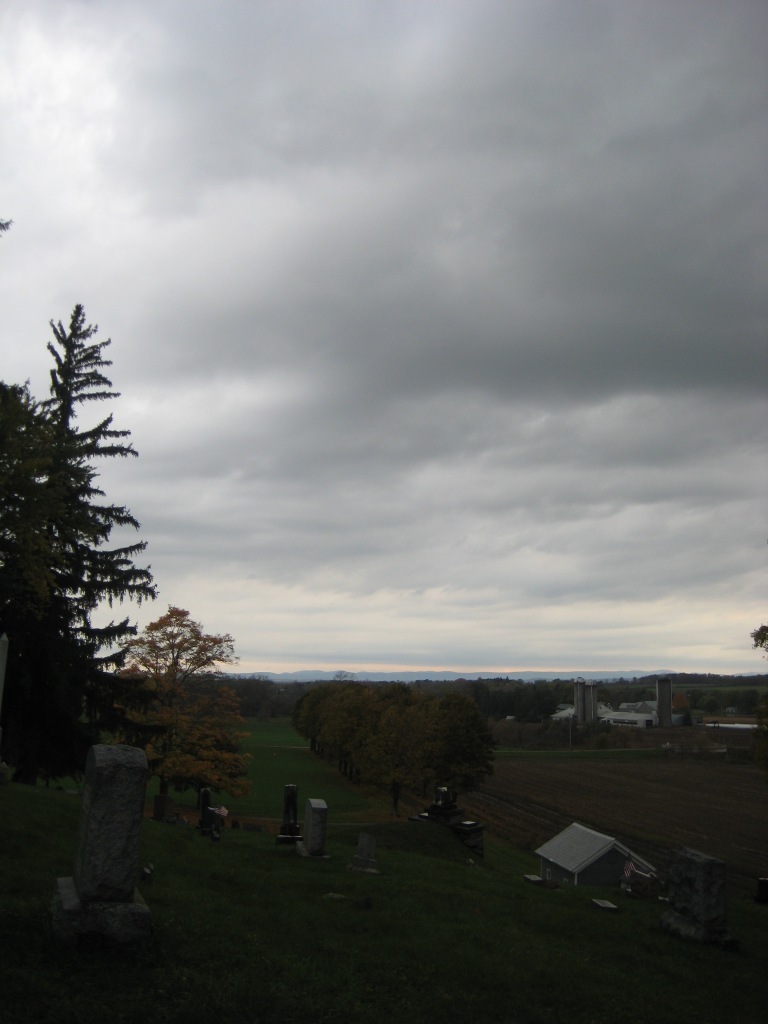




Lovely tribute to the cemetery in which many of my paternal ancestors are resting in peace and where I volunteer in the maintenance of the gravestones. Sadly, all the maple trees that lined the entrance driveway have been removed. Your photo of the drive is beautiful and a reminder of what it was.
I was so sad when they cut those trees!
I will be talking to the acting superintendent about planting two maples on the drive into the cemetery and placing them on either side of the drive and behind the stone entrance columns.
Do you know why the trees were removed? They were so beautiful.
I was told that they made mowing the strip difficult. The new acting superintendent wanted a quicker and more cost effective mowing schedule. It’s very expensive to have the cemetery mowed, and it should be done about every 2 weeks to maintain the grass height to an acceptable level for the sake of perception of ongoing care. You know how hilly the cemetery is. Plus all the stones receive individual attention to keep them looking clear and neat.
I hope you received my response, Anita, but if not, here’s a summary: cost of mowing was the primary reason for removing the trees. Ease of mowing treeless strip plus a time saver for the hired company, keeping the cost down. These people also trim the grass around each stone.